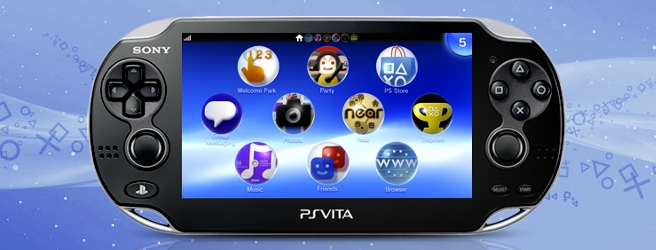The guys at GR love to poke fun at me about being a PlayStation fanboy. But that’s really not true. I’m a hardware fanboy. I love tech. I love gadgets. I love shiny new things with power oozing from it. I’m the type of guy who upgrades his smartphone twice a year and always has to have the next big…
-
OLED screen is stunning
-
Console quality gaming on the go
-
Real analog sticks
-
Well-built device with tons of features
-
Did I mention that the screen is gorgeous?
-
Strong software support out of the gate
-
Rear touch panel adds more input possibilities
-
Remote Play is a disappointment... for now
-
Memory cards and pricing








